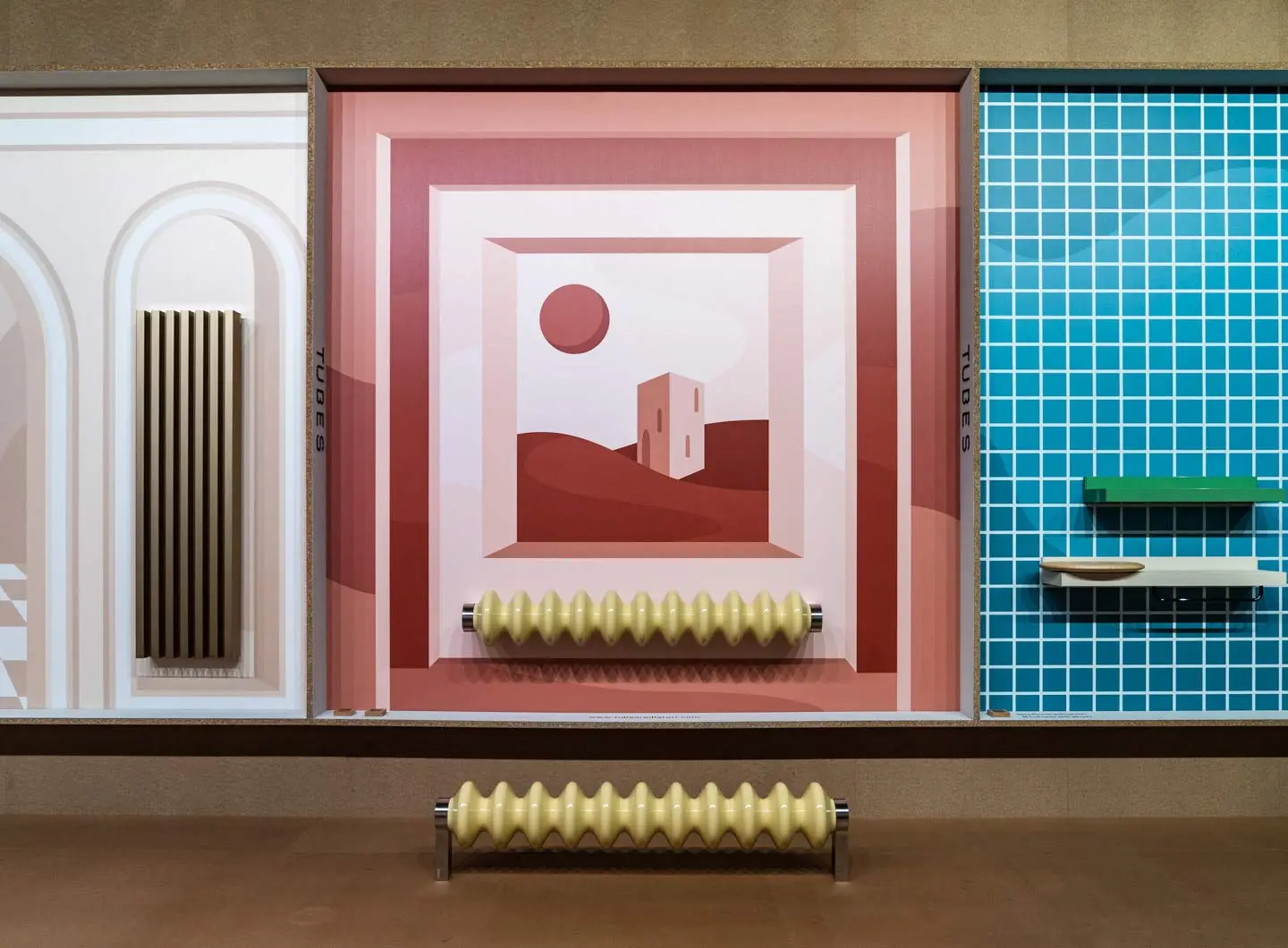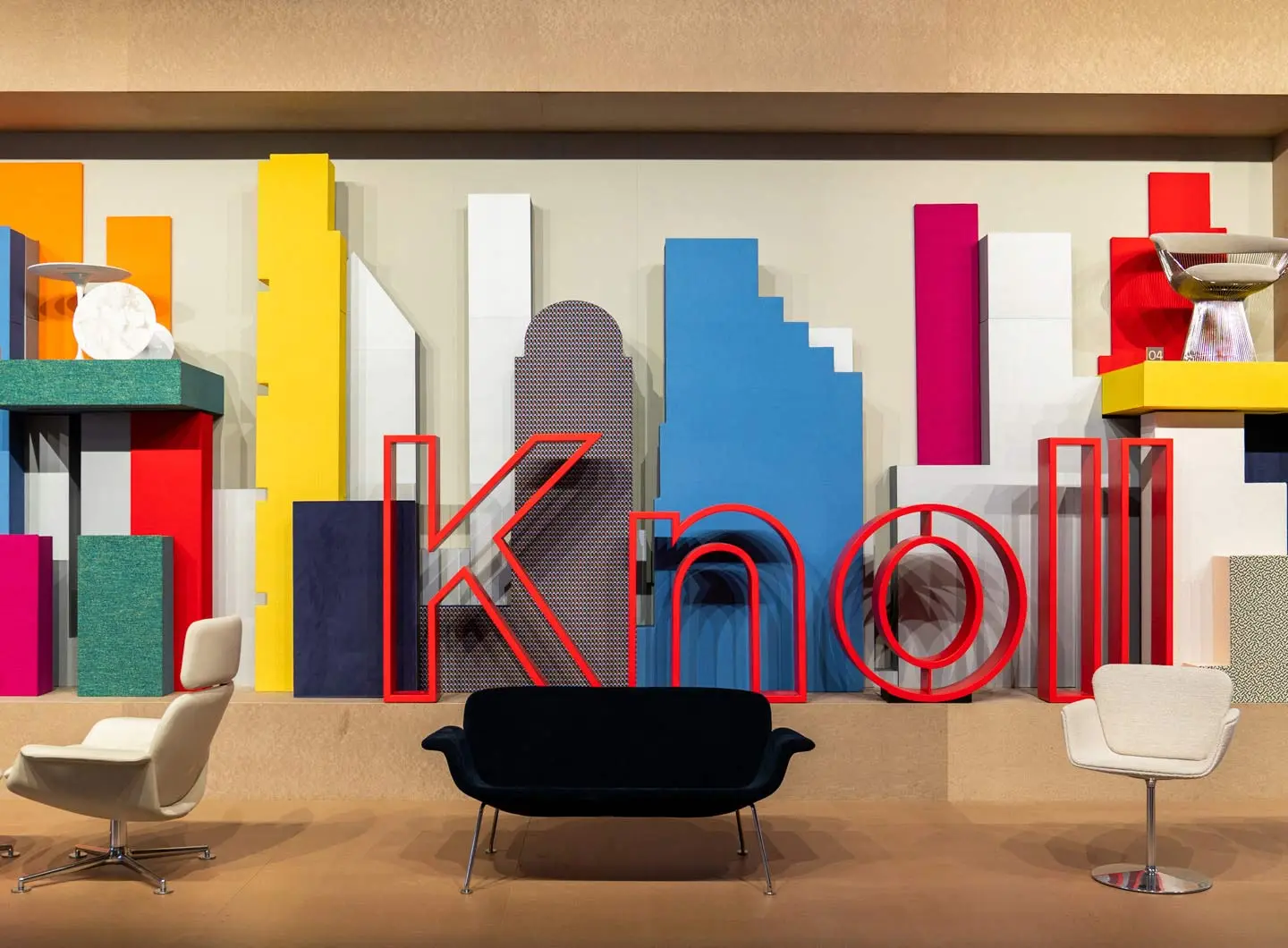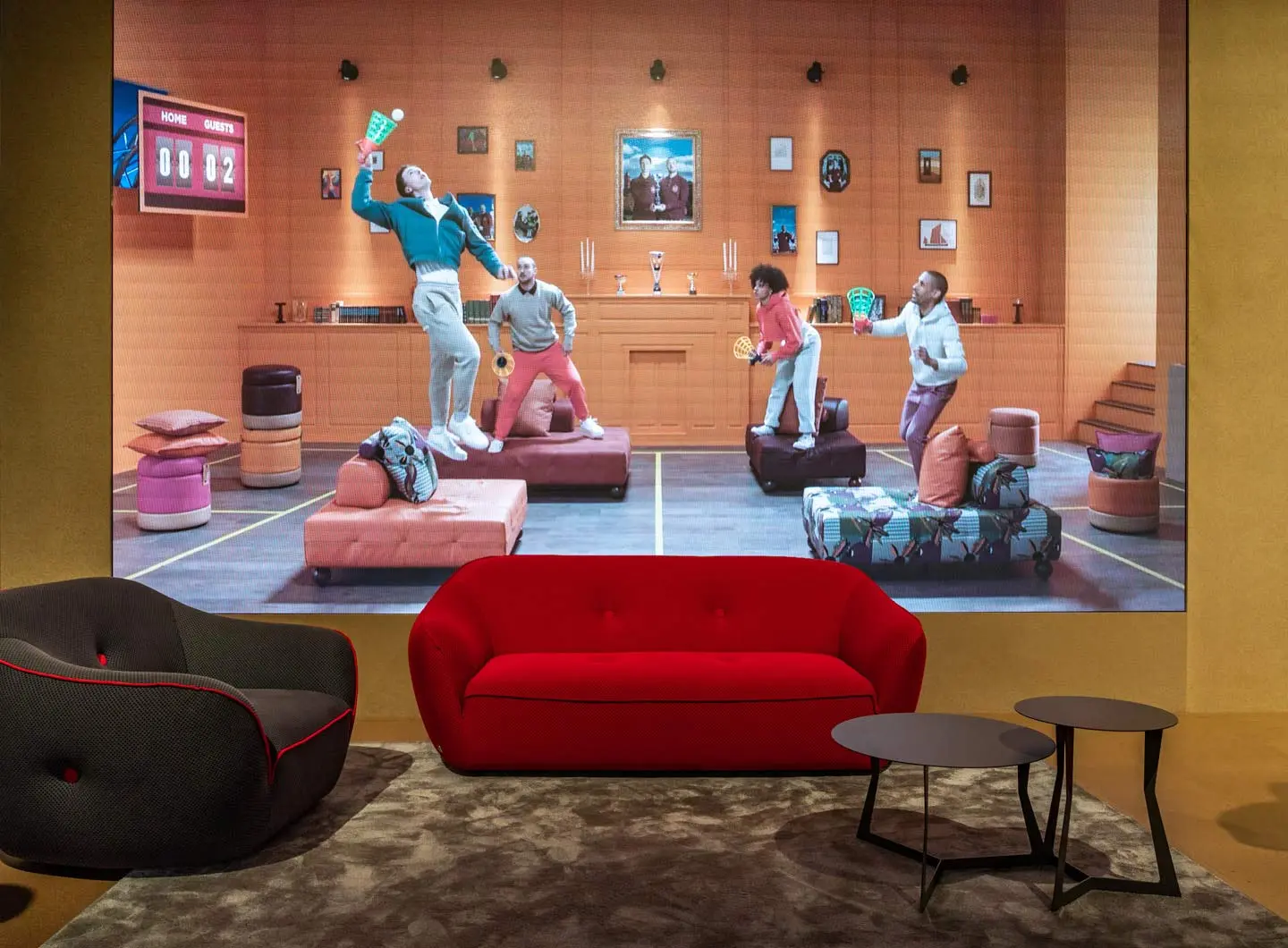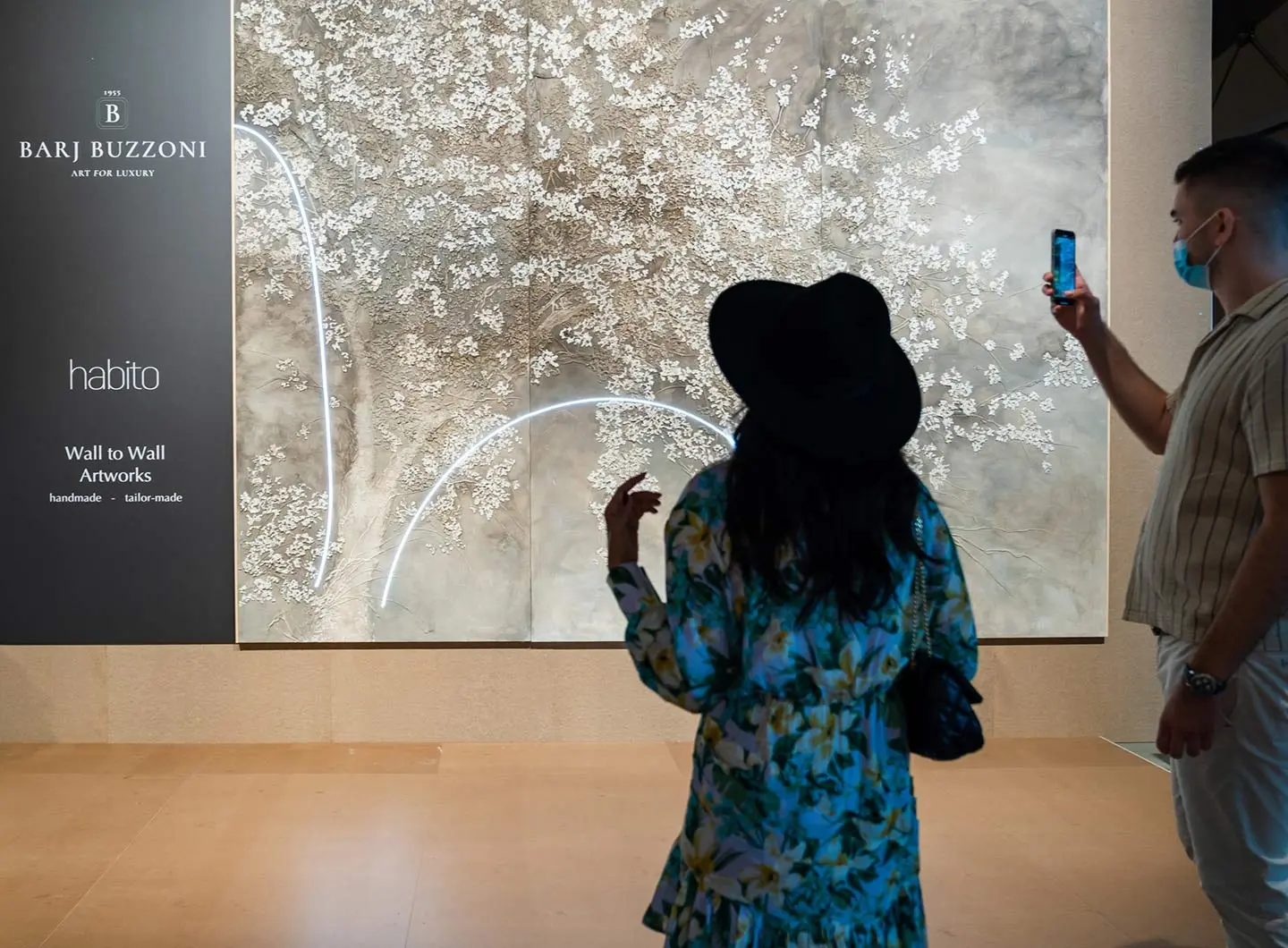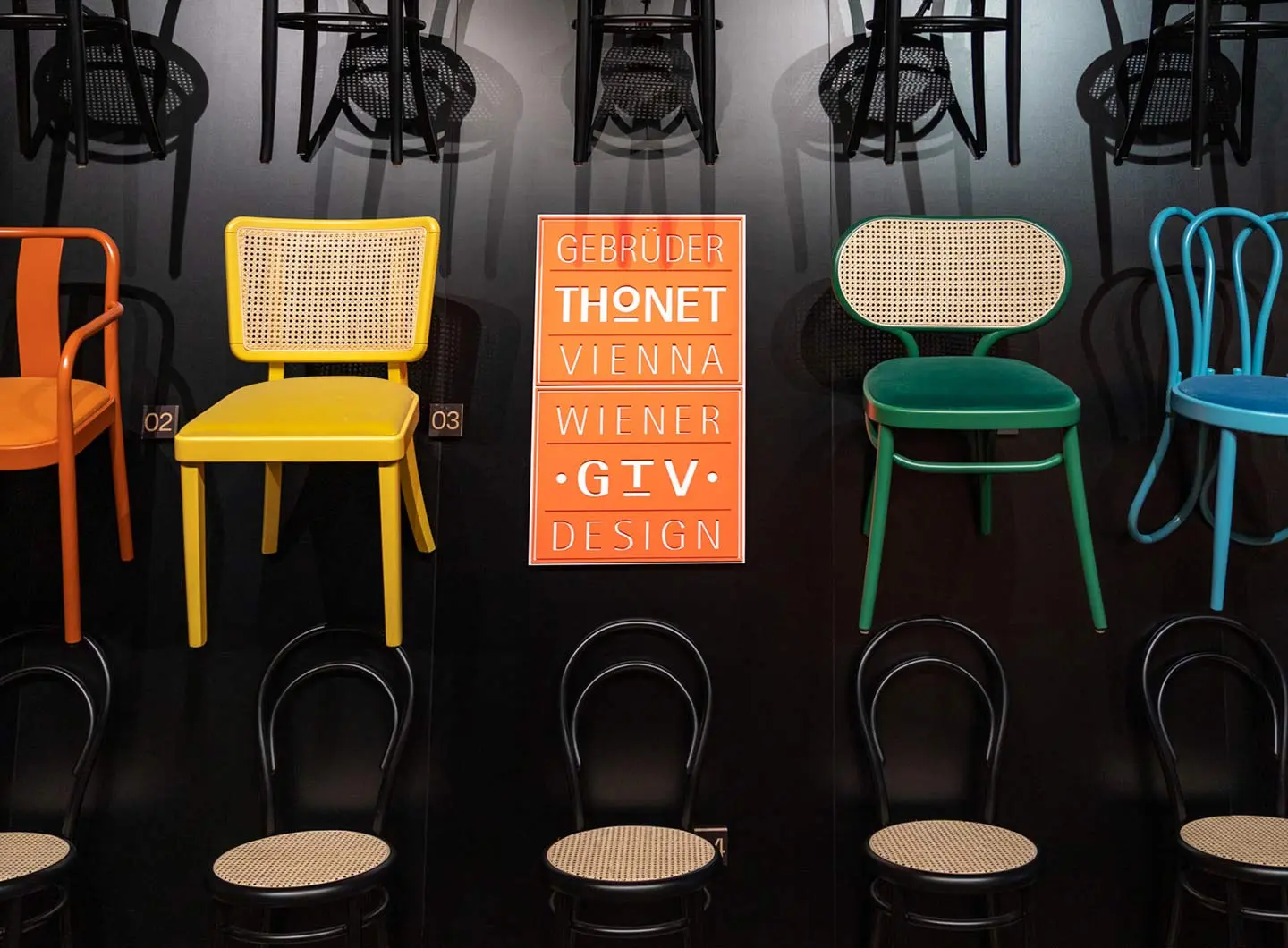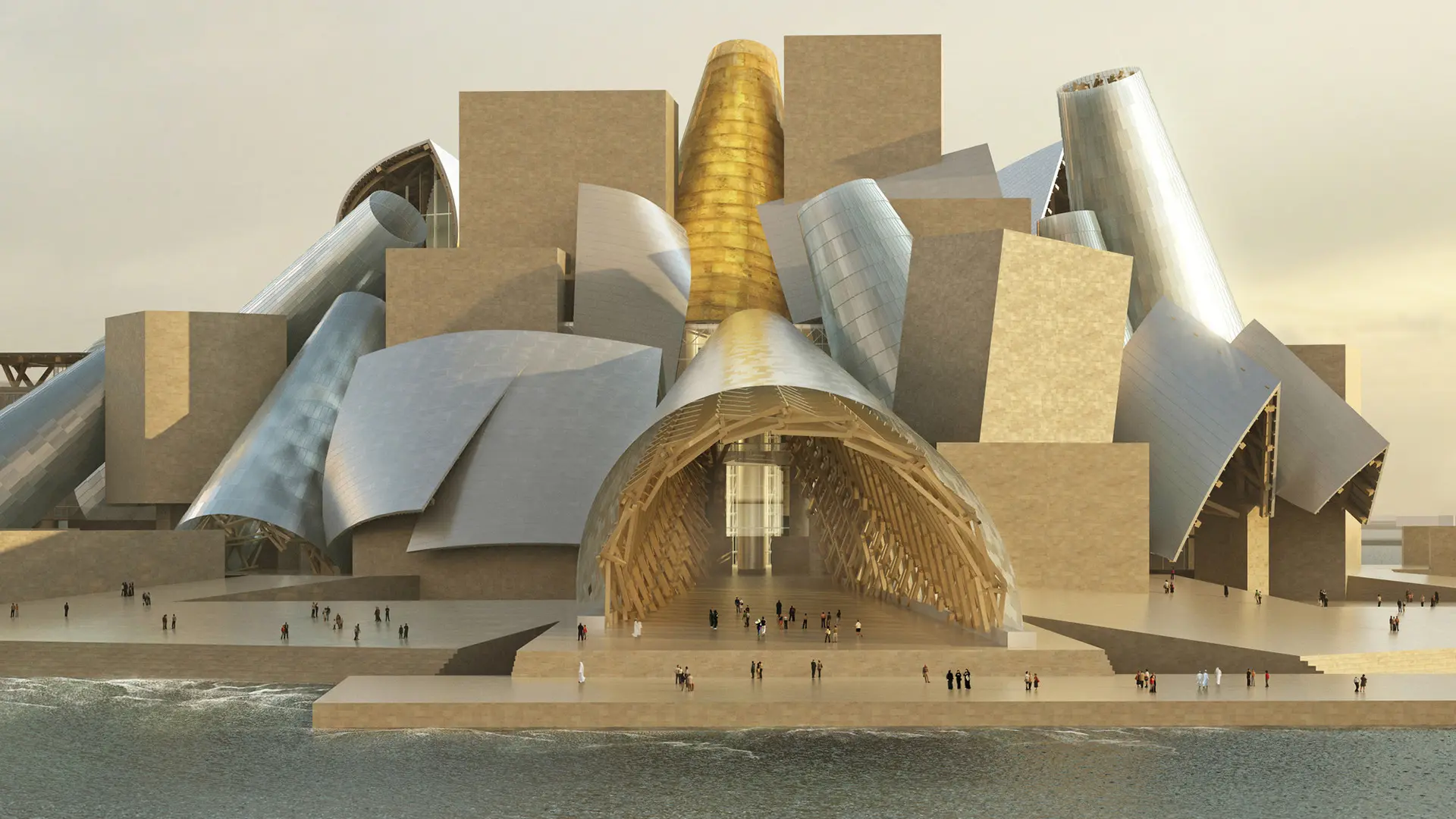From BIG to David Chipperfield, Frank Gehry to Snøhetta: a world tour of the best buildings set to open in 2026

Photo By Tanja Viganò
What strategies have the companies come up with for exhibiting products and collections? We’ve selected some of the most original ideas and split them into categories.
What Stefano Boeri, curator of “supersalone” and the architect Andrea Caputo, who designed the set-up of the fair, have come up with is a masterplan in miniature. Composed of lines of various thickness, the space dedicated to the companies has been conceived like a large design library, a live catalogue containing the best of contemporary design. The stands of the 425 companies follow on from each other, broken up by transversal walkways, green areas and stopping places. The succession of installations brings vitality and variety to the lanes, transforming the simple display layout into a small, complex metropolis devoted to design.
We have analysed the ways in which the companies have made the most of their available space and tried to distinguish between the many proposals. The outcome is a selection of 20 companies, divided according to five different strategies.
Feeling at home: welcoming stands that make you feel right at home
Natuzzi (Pav 02 – Stand G 32) is presenting a preview of its new 2021/2022 collection. It has brought Circle of Harmony to the fair, a physical and virtual meeting place that welcomes visitors and invites them to hang around for a while.
A large green wall forms the backdrop to Atmosphera‘s stand (Pav 01 – Stand E 10). Visitors are catapulted into a lush garden, for a taste of life in the open air.
Scavolini (Pav 03 – Stand B 11) welcomes home lovers of design, presenting the Diesel Get Together kitchen and the Diesel Misfits bathroom.
For Living Divani (Pav 04 – Stand A 12), Piero Lissoni has designed an installation that draws on the company’s DNA, in which formal synthesis and comfort combine.
Landscapes: travelling around the world while wandering through a fair
Charlotte Taylor’s coloured illustrations frame the new products from Tubes Radiatori (Pav 02 – Stand F 12), presented for the very first time at “supersalone”: MILANO/horizontal, RIFT/reverse and SOHO/electrical are the results of the formal and technological research that have gone into some iconic models.
Knoll (Pav 02 – Stand E 20) has entrusted its stand design to the architect and curator Ippolito Pestellini Laparelli, founder of the 2050+ studio. The display – a stylised New York landscape – is a homage to Knoll’s historic advertising campaigns.
The Folio relaxation armchair, the modular Sipario divider in recycled plastic and the spanking new Doga collection are being exhibited at “supersalone” by Nardi (Pav 03 – Stand H 11), immersed in a green landscape.
The landscape also can be observed from the portholes of Ron Gilad’s Get Ready to Fly installation for Molteni&C (Pav 02 – Stand A 23). The star of the stand is the Round D.154.5 armchair, designed by Gio Ponti in 1954 and re-edited in collaboration with Gio Ponti Archives.
Multimedia: an amplified experience
The protagonists of Poliform’s (Pav 04 – Stand A 01) stand at “supersalone” are the immersive images shot by the photographer Paolo Roversi to celebrate the 50th anniversary of the brand.
Egoitaliano (Pav 01 – Stand K 07) tells its story through a video installation that provides an ironic view of the furnishing world whilst also illustrating its processes and complexity.
Kartell (Pav 02 – Stand B 11) is showcasing its vision for the world, made up of advanced technologies, new functions and eco-friendly materials, with a display video that dialogues with the products on exhibit.
A dreamy video and iconic furnishing: this simple but powerful pairing ensures that the Officina della Scala (Pav 01 – Stand D 08) really stands out at “supersalone”.
Less is more: all it takes is a few essentials to get noticed
V-Zug (Pav 02 – Stand K 09) has gone for a no-frills display. Just a few products placed in front of a neutral background capture the character of the company, with its pursuit of essentiality and perfection right down to the last detail.
All it takes are the new rugs by Patricia Urquiola (from her sixth collection for the brand) to make the cc-tapis stand (Pav 02 – Stand H 10) one of the most recognisable.
Produced by Tagliabue Fratelli (Pav 02 – Stand I 11) during the 1950s and now revisited by Dimore Studio, the Medea chair is the stand’s only protagonist (in a number of variations).
Barj Buzzoni (Pav 01 – Stand H 02) is a company that specialises in creating works of art, luxury decorations and precious design objects. The brand is exhibiting a wall-to-wall work featuring essential luminous lines.
How to hang up a chair: variations on a theme
The Ombra chair and dining chair represent the quintessence of Lema’s discretion and Piero Lissoni’s rigorous approach (Pav 04 – Stand A 06). Different variants of the product are hung on the wall, allowing visitors an original “plan view”.
Two rows of chairs, lacquered black or coloured, frame a selection of the latest offerings from Gebrüder Thonet Vienna GmbH (Pav 04 – Stand C 08) on the wall, allowing visitors a frontal view of the Austrian company’s classic products.
A deconstructed and suspended version of the Move armchair, produced by Giorgetti (Pav 04 – Stand B 02), illustrates the instant at which masterly craftsmanship meets contemporary technological research.
Fornasarig (Pav 01 – Stand I 07) is exhibiting its iconic Link in creative fashion. There’s a “rainbow of chairs” hanging on the wall.


 Exhibitions
Exhibitions





